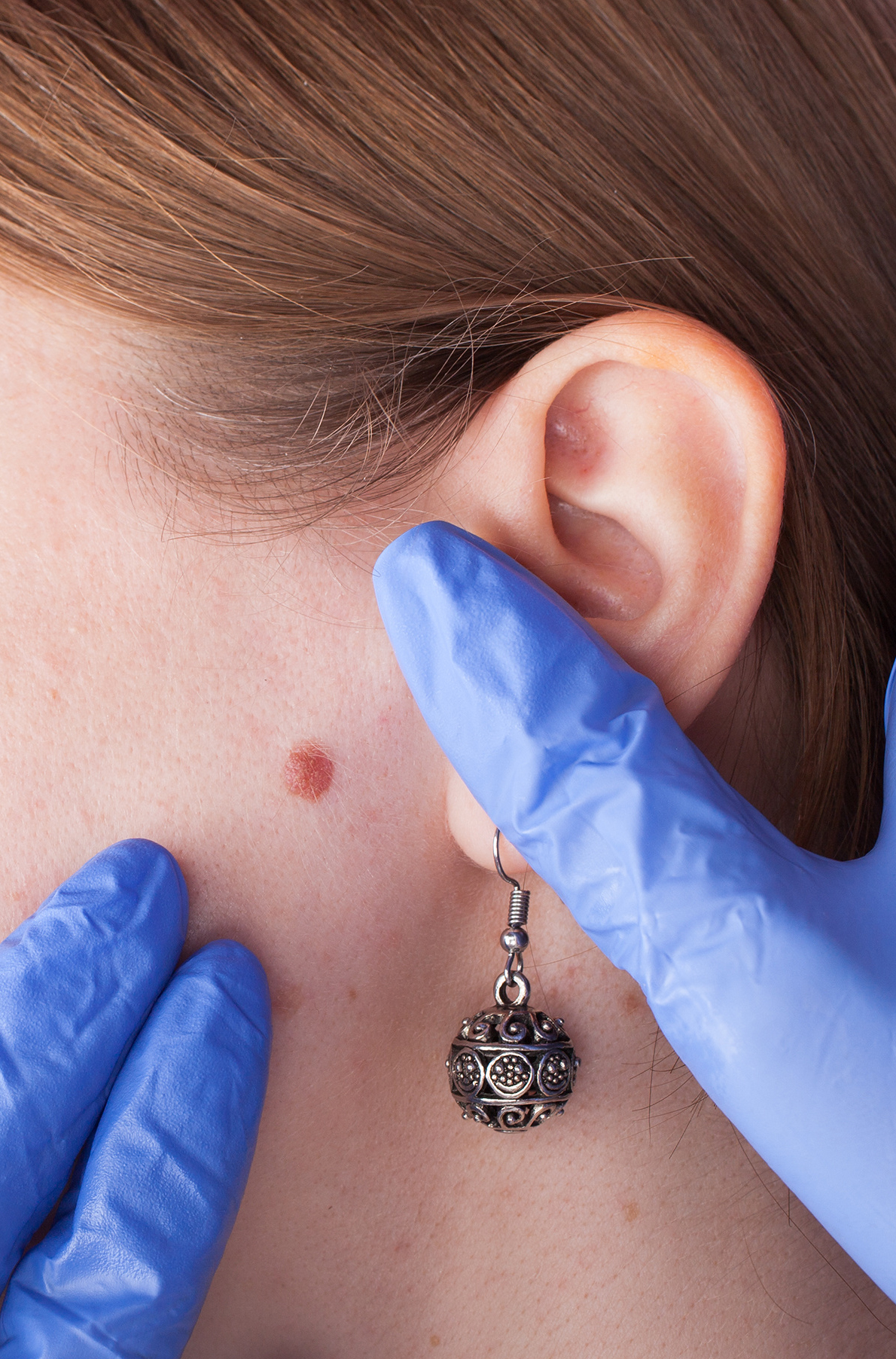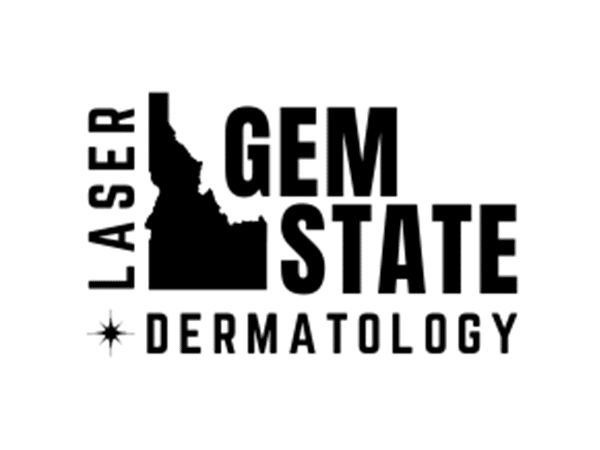
Warts and Molluscum Contagiosum
Molluscum contagiosum is spread by direct skin-to-skin contact or contact with contaminated objects such as toys, faucets, towels etc. The virus can be transmitted via autoinoculation, for example scratching or rubbing the bumps spreads the virus to nearby skin. Patients who suffer from eczema are at high risk of contracting this virus because the skin is broken down and scratching easily spreads the infection to surrounding skin.
Molluscum contagiosum usually resolves without treatment, but can take anywhere from months to years to resolve. Often patients choose to treat the virus if it is in areas of high visibility and due to the desire to prevent transmission. There are multiple treatment options. Each has possible side effects including increased risk of infection, scaring, pigment changes. Molluscum can cause scaring even if it is not treated and resolves on its own.
TREATMENT OPTIONS:
Individual lesions can be destroyed using a blistering agent known as liquid nitrogen.
The lesions can also be superficially removed via destruction or shave removal.
Apply irritant cream. Patient to apply cream sparingly to the lesions, 1-2 times per day for 3-7 days per week. If more than mild redness results, stop applying the creams until irritation subsides.
Sometimes new lesions will form while existing ones are being destroyed. New growths should be treated when they become large enough to be seen.
Preventative measures include increased hand washing, avoid sharing personal items such as towels, clothes etc. Avoid scratching or picking at the lesions, keep the lesions covered. Also recommend patients apply a daily moisturizer.
Please call the office if you have any questions or experience any problems.
WARTS
Warts are harmless skin growths that can occur on any part of the body. Their appearance depends on their location. On the face and top of the hands, warts are usually flat or protrude. When they occur on pressure areas like the palms and soles they are usually pushed inward. Warts on the bottom of the feet (called plantar warts) grow inward from the pressure of standing. Walking or running can be painful. Warts have a rough surface on which tiny dark specks can often be seen. They may bleed if injured. Warts virtually never turn cancerous. Warts are caused by a virus and they are contagious so they may spread. We do not know why some people get warts easily while others never get them. There is no way to prevent warts. People have been trying to cure warts for thousands of years. The “success” of folk remedies for warts is due to the fact that warts usually disappear by themselves, especially in young children. When warts disappear naturally, it is because the body’s immune system eliminated the virus. Up to 80% of warts will disappear spontaneously within 3 years.
TREATMENT: You have many options for the treatment of warts. There is no single perfect treatment. Treatment consists of destroying the wart or encouraging the immune system to attack the wart. Warts can be destroyed using surgery, by freezing with liquid nitrogen, with lasers or with chemicals. The treatment to be used on your warts depends on their location and size, your skin type and what may have worked well in the past. One option is withholding treatment and waiting for the body to eliminate the wart. Sometimes new warts will form while existing ones are being destroyed. No matter what treatment is used, sometimes warts grow and occasionally they fail to disappear. Treatment can lead to scarring.
Sometimes we suggest you use over-the-counter medications containing salicylic acid (like Compound W or Occlusal-HP) at home instead of having treatment in the office. Use of over-the-counter medications is more successful when you follow these three separate steps every 1-3 days:
1. Soak the wart for 10-15 minutes in hot water (102-104 degrees Fahrenheit).
2. Use a pumice stone to scrape the dead skin off the wart. Do not use sharp instruments. If used improperly, it can lead to spreading of the warts.
3. Apply the over-the-counter medication and repeat all three steps every 24-48 hours.
Keeping the wart covered with tape may be helpful. One study showed 85% clearance of warts using tape. In that study, one piece of duct tape was applied for 6 days. Next the wart was soaked in water, filed down with a pumice stone or emery board and a new piece of tape was applied nightly. Warts may return weeks or months after an apparent cure. Do not become concerned if a wart reoccurs. Please schedule a return visit or resume at-home therapy following the above directions.
Often we will also have you apply something topical to irritate the wart (like Retin-A). In this case you want to apply the medication to the affected area in order to provoke mild redness. Apply it 1-2 times every 1-2 days (for a total of 3-14 applications a week). Adjust the application schedule to the point where the area is mildly red. Some redness and rash around the area can cause the wart to spread while lack of redness likely will not help get rid of the wart. This step of irritating the wart is often done in conjunction with salicylic acid therapy. Sometimes we also have you take supplemental vitamin A to help clear the wart. If you have any questions or concerns, please do not hesitate to call us.
We're Here Whenever You Need Us
Phone
Fax
(208) 424-5072
Open Hours
Mon - Fri: 7:30AM - 5:00PM
Address
Boise, ID 83706

